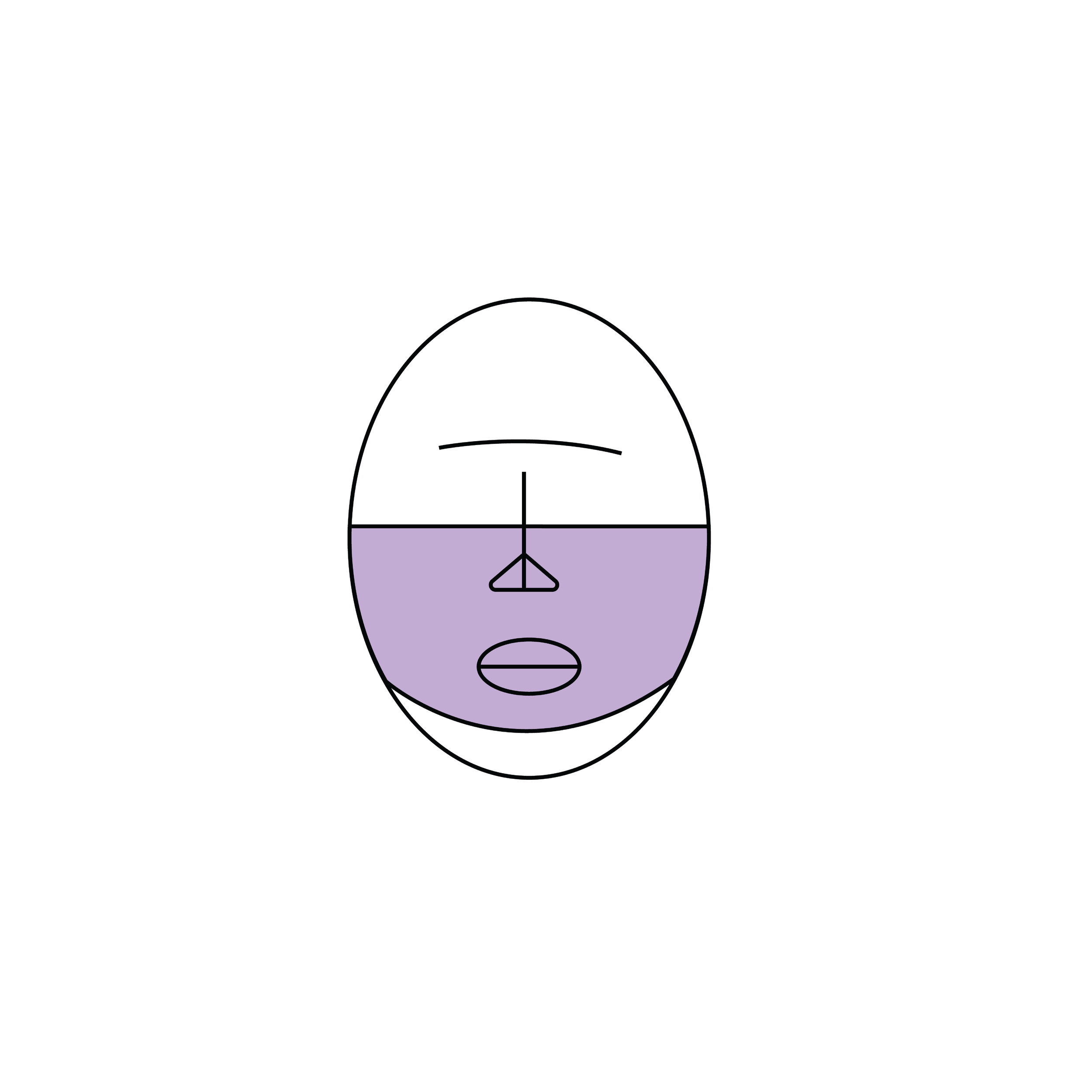There are so many different masks available for purchase now. When the pandemic started, there was a shortage and most people just used what they could get their hands on. Homemade cloth masks were worn by most, while surgical masks and the gold standard N95 were reserved for front-line workers and essential personnel. Now that all kinds of masks are available, what are the differences between them?
N95 / KN95
These masks are rated for their ability to filter particles that are 0.3 microns in diameter. The 95 signifies that they are able to filter 95% of these particles. There are also 99 and 100 masks but they are not widely available for consumers. They are rated at filtering this size because of their intended use, non-biological safety. However due to the material they are made of, these masks are able to filter particles less than 0.1 microns in diameter (SARS-COV-2 is reported as 0.12 microns). These masks are the most effective widely produced masks and reusable. To clean them at home just spray them thoroughly with rubbing alcohol or hydrogen peroxide and let them air dry for at least 24 hours. There are also procedures where the mask is placed in an oven set on a low temperature, however this may damage the mask straps if they are attached by adhesives.
Surgical Masks
Most surgical masks that are found in stores are rated at US Level 1 meaning they filter 95% of 3.0 micron diameter particles and 95% of 0.1 micron particles. Surgical masks are rated at smaller filtration sizes because they are used in biological settings where bacteria and viruses are present. These masks are available to purchase in large packs but it is important to only use each mask once. They cannot be cleaned like N95 or cloth masks because of the type of plastic used to make them.
Cloth Masks
If N95 or surgical masks are unavailable to you, cloth masks can be used as a substitute. When searching for cloth masks, there is a balance between breathability and efficiency. If making your own, the best material for both is actually high thread count antimicrobial pillow cases. A single layer of a pillowcase offers 60% filtration against 0.02-micron particles, much smaller than the SARS-COV-2 virus. If purchasing cotton masks, look for masks that are made of multiple layers of a cotton blend. Both of these cloth masks can be washed either by hand or in a washing machine with detergent or soap and dried in a machine or in the air depending on the strap. If the straps are glued on, make sure not to expose them to too much heat.
Bandanas/Gaiters/Scarves
Not effective at air filtration for users and people around you. Certain materials, most notably fleece, actually helps create more droplets and increase the spread of pathogens in the air.
Face shields
Not effective at shielding against airborne pathogens.
Writing by Ryan Mathura, Public Health Innovation Analyst
Ryan is a Master of Public Health Student at Emory University studying Health Policy and Management. He has a background in immunology and worked in vaccine R&D before attending Emory.
Graphics by Sophie Becker, Design Strategist
Sophie is a design strategist at Orange Sparkle Ball. She is a recent graduate from RIT and holds a bachelor’s in industrial design and psychology. Her studies informed her interest in using design thinking to communicate abstract and complex ideas, particularly in public health.







